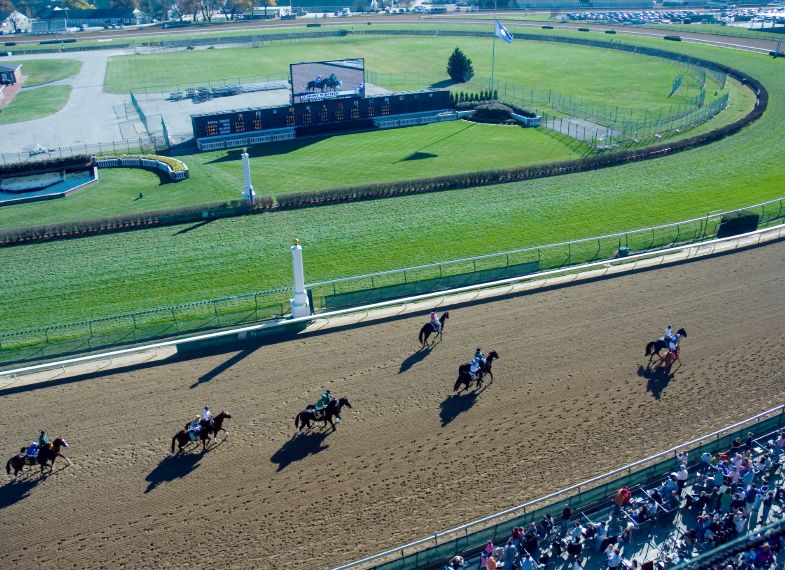The Importance of Arena Surfaces in the Development of Competition Horses
Every owner dreams of having their own riding arena with a safe surface that always performs, no matter the weather. However, equestrian arena surfaces are crucial to the everyday training and competitive success of competition riders and owners.
Protect Your Horses’ Legs
It takes many years of hard work and dedication to produce a successful competition horse. These top-level sports horses’ are often an expensive investment, so being able to train them in a safe environment without the risk of injury is paramount to their ongoing development and success.
Ideally, a good training surface should be firm enough to offer stability and support to the horse whilst being soft enough to absorb shock, helping to protect bones and joints. The footing should also provide excellent grip and return energy to the horse, which helps to converse energy and encourage the continuation of the movements.


Research into Equine Surfaces
A study conducted by a veterinary research laboratory in California has concluded that selecting riding surfaces for performance horses’ requires the same level of care and consideration as those chosen for racehorses – who will often be withdrawn from events if the surface conditions aren’t appropriate.
The report indicates that a surface which is too hard may cause harm to a competition horse’s bones, joints and hooves. Conversely, an equestrian footing that is too soft risks causing irreparable damage to the soft tissues of the lower limbs, whilst irregular or uneven riding surfaces can be responsible for some of the more acute injuries.
Choose the Best
New systems and technologies are being continually developed to improve the quality and performance of equestrian surfaces. However, that does not mean there aren’t some excellent surface materials available now. Whether your arena is indoors or outdoors, Day Equestrian can offer high-quality arena surfaces that are fit for purpose and developed for the specific needs of competition horses.
View surfaces

